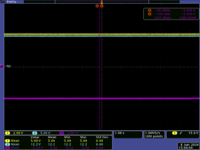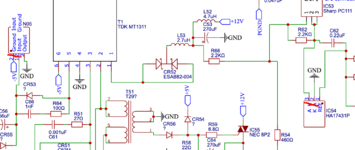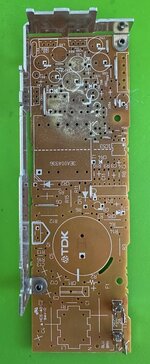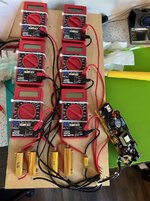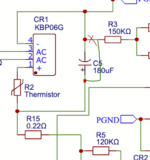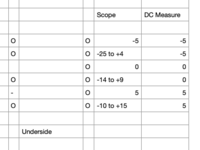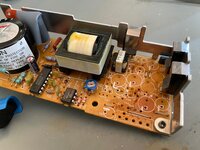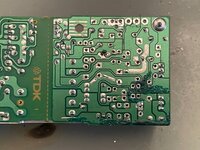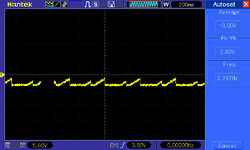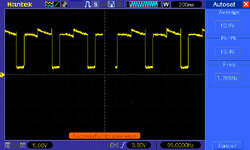Can anyone confirm the transformer outputs are basically just two at 5V each? I've done everything except start feeding the inputs to confirm and all I find appears to be two coils or one coil with wired to 5 pins. I wasn't able to see how the voltage feeding the 5V line is negative since pin3 is ground, and pins 1 and 5 seem to be tied to pin 3. Pins 2 and 4 appear to be tied together (the other end of 5V chage). What I called output pin 1 could be 5 and is tied to the regulator though a diode w/2V drop. So while the voltage on that pin relative to ground was 5V I'm confused. But I didn't spend much time thinking that through. I also don't know if there's one or two coils wrapped opposite or one coil with multiple output pins. I also know nothing anything about the input/output relationship without testing. I removed the transformer from this TDK supply so I can test that out at some point.
The Astec 16251 also has a 78N05 regulator but it's an AN78N05 not C78N05 and without sheets, can only assume they should be similar.
I found these voltages on pins:
pin1: gnd
pin2: -6.3V (input)
pin3: -5V
While these are two different circuits, and I don't know if the C78N05 and the AN78N05 are pin compatible, this does suggest the input on the TDK should be -6.3V and the labels/pins in the schematic may be correct. This isn't fun any more. LOL
The Astec 16251 also has a 78N05 regulator but it's an AN78N05 not C78N05 and without sheets, can only assume they should be similar.
I found these voltages on pins:
pin1: gnd
pin2: -6.3V (input)
pin3: -5V
While these are two different circuits, and I don't know if the C78N05 and the AN78N05 are pin compatible, this does suggest the input on the TDK should be -6.3V and the labels/pins in the schematic may be correct. This isn't fun any more. LOL

